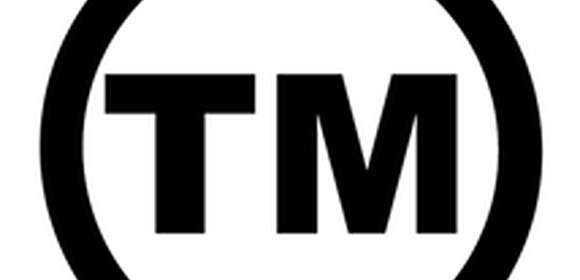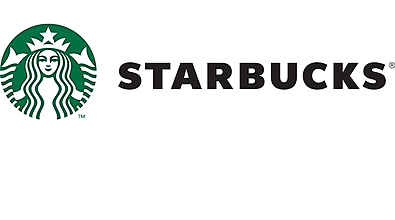It is all about the brand
It can take a long time to build a brand. Make sure yours is protected
You buy a new pair of jeans or your favorite candy bar. You look down and notice an ® or a ™ next to the logo and wonder what does the ® or ™ mean?

Devin Miller (IP Attorney)
Electrical Engineer
Lawyer
Small business owner
You have a brand you want to protect.
Should you put the little R or the TM next to your logo, design, or other trademarks?
As soon as you start using your trademark
™ stands for an unregistered trademark. As soon as you start using your trademark, such as your logo, you get some instant rights (common law rights) to protect your trademark. You do not have to apply for a ™ trademark with the US Patent and Trademark Office (USPTO). As soon as you use the trademark you get the common law rights.

To be able to enforce your common law rights associated with ™ trademark you need to be able to show that you were using the mark first and that the person/company that started using the same trademark after you is causing a confusion in the marketplace.

So why doesn't everyone just rely on ™ trademarks to protect their brand?
The rights associated with ™ trademark rights are inferior rights. They are not as strong as the ® trademark rights. If you end up going to court to enforce your trademark, the protection offered by the ™ trademark rights is limited and the amount of money you may recoup is limited.
Registered Trademark
To get an ® trademark, you must submit a trademark application to the U.S. Patent and Trademark Office. Once you submit your trademark application, you set the date that your rights begin under the federal trademark law. With a registered trademark, you can clearly show when you started using your trademark and because it is registered with the federal government, others may be on notice that you are using the registered trademark.

Once the U.S. Patent and Trademark Office issues your trademark as federally registered, you have superior rights to enforce your rights and collect damages when others try to use your registered trademark.

So should you rely on ™ trademark rights or ® trademark rights?
When possible you should always register your trademark with the U.S. Patent and Trademark Office. Once you get a registered trademark, the public is on notice of the owner's claim to the mark and there is a legal presumption that you own the registered trademark, with the exclusive right to use the mark in the U.S. A start-up or small business that registers its trademarks may have an easier time defending its trademarks against anyone who tries to use them without permission.
Our Products
Flat Fee Pricing - Straightforward for Patents and trademarks.








